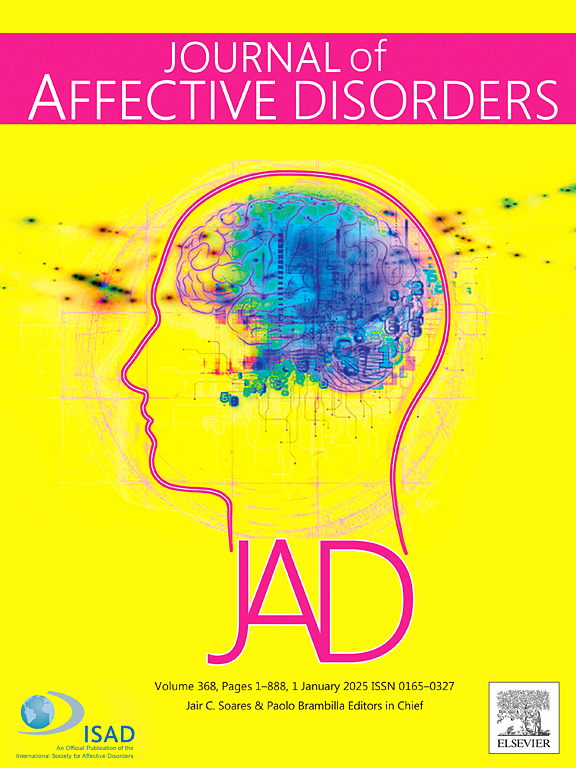Day-to-day dynamics of facial emotion expressions in posttraumatic stress disorder
IF 4.9
2区 医学
Q1 CLINICAL NEUROLOGY
引用次数: 0
Abstract
Facial expressions are an essential component of emotions that may reveal mechanisms maintaining posttraumatic stress disorder (PTSD). However, most research on emotions in PTSD has relied on self-reports, which only capture subjective affect. The few studies on outward emotion expressions have been hampered by methodological limitations, including low ecological validity and failure to capture the dynamic nature of emotions and symptoms. Our study addresses these limitations with an approach that has not been applied to psychopathology: person-specific models of day-to-day facial emotion expression and PTSD symptom dynamics. We studied a sample of World Trade Center responders (N = 112) with elevated PTSD pathology who recorded a daily video diary and self-reported symptoms for 90 days (8953 videos altogether). Facial expressions were detected from video recordings with a facial emotion recognition model. In data-driven, idiographic network models, most participants (80 %) had at least one, reliable expression-symptom link. Six expression-symptom dynamics were significant for >10 % of the sample. Each of these dynamics had statistically meaningful heterogeneity, with some people's symptoms related to over-expressivity and others to under-expressivity. Our results provide the foundation for a more complete understanding of emotions in PTSD that not only includes subjective feelings but also outward emotion expressions.
面部表情是情绪的重要组成部分,可揭示创伤后应激障碍(PTSD)的维持机制。然而,大多数有关创伤后应激障碍情绪的研究都依赖于自我报告,而自我报告只能捕捉主观情绪。为数不多的关于外显情绪表达的研究受到了方法论局限的影响,包括生态效度较低以及未能捕捉情绪和症状的动态性质。我们的研究采用了一种尚未应用于精神病理学的方法来解决这些局限性:针对特定人群的日常面部情绪表达和创伤后应激障碍症状动态模型。我们研究了一个世贸中心反应者样本(N = 112),他们的创伤后应激障碍病理程度升高,在 90 天内每天记录视频日记并自我报告症状(共 8953 个视频)。通过面部情绪识别模型从视频记录中检测面部表情。在数据驱动的特异性网络模型中,大多数参与者(80%)至少有一个可靠的表情-症状联系。在超过 10% 的样本中,有六种表情-症状动态具有显著性。每种动态都具有统计学意义上的异质性,有些人的症状与过度表达有关,有些人的症状则与表达不足有关。我们的研究结果为更全面地了解创伤后应激障碍患者的情绪奠定了基础,这种情绪不仅包括主观感受,还包括外在情绪表达。
本文章由计算机程序翻译,如有差异,请以英文原文为准。
求助全文
约1分钟内获得全文
求助全文
来源期刊

Journal of affective disorders
医学-精神病学
CiteScore
10.90
自引率
6.10%
发文量
1319
审稿时长
9.3 weeks
期刊介绍:
The Journal of Affective Disorders publishes papers concerned with affective disorders in the widest sense: depression, mania, mood spectrum, emotions and personality, anxiety and stress. It is interdisciplinary and aims to bring together different approaches for a diverse readership. Top quality papers will be accepted dealing with any aspect of affective disorders, including neuroimaging, cognitive neurosciences, genetics, molecular biology, experimental and clinical neurosciences, pharmacology, neuroimmunoendocrinology, intervention and treatment trials.
 求助内容:
求助内容: 应助结果提醒方式:
应助结果提醒方式:


